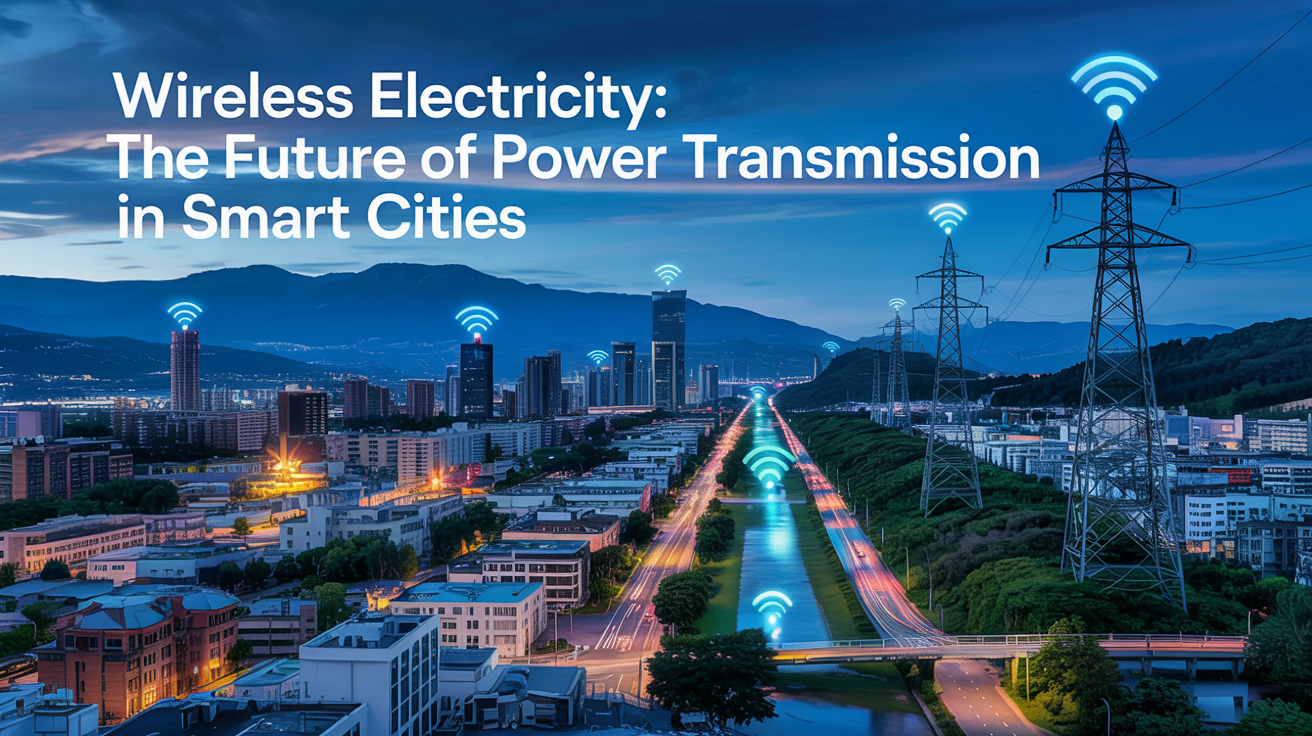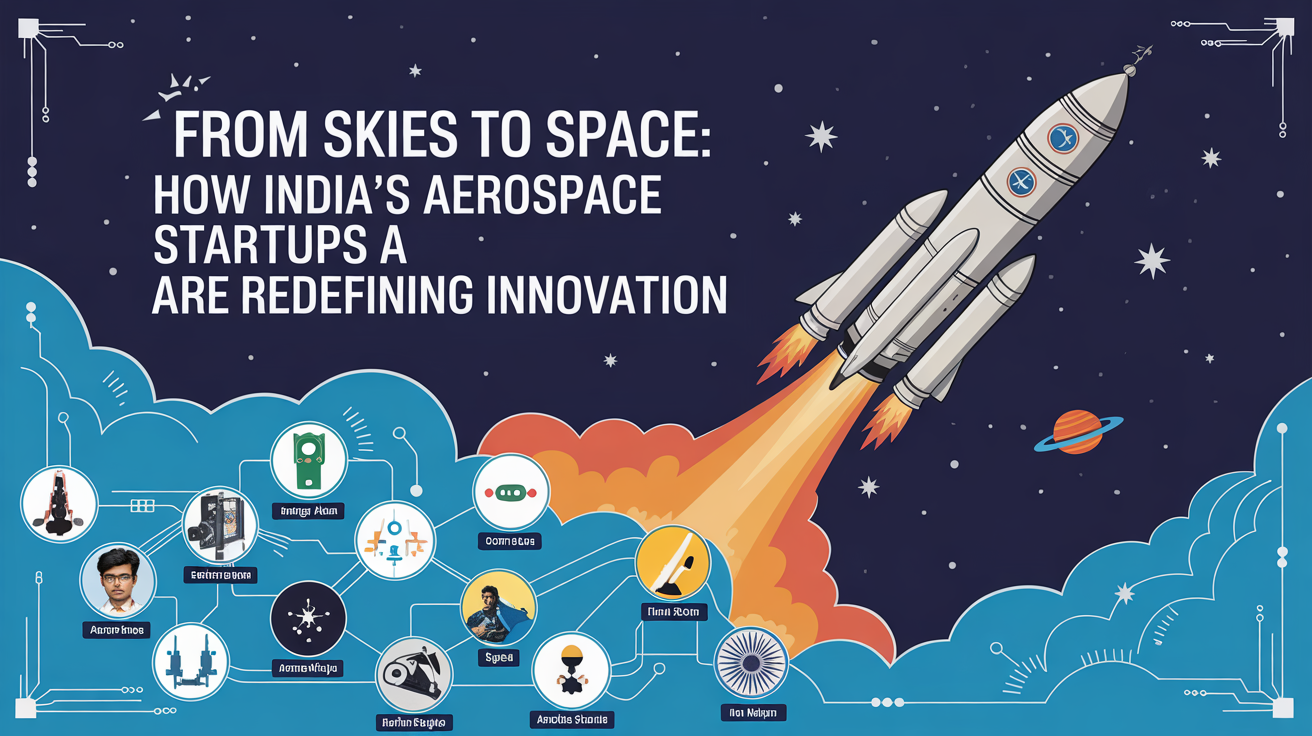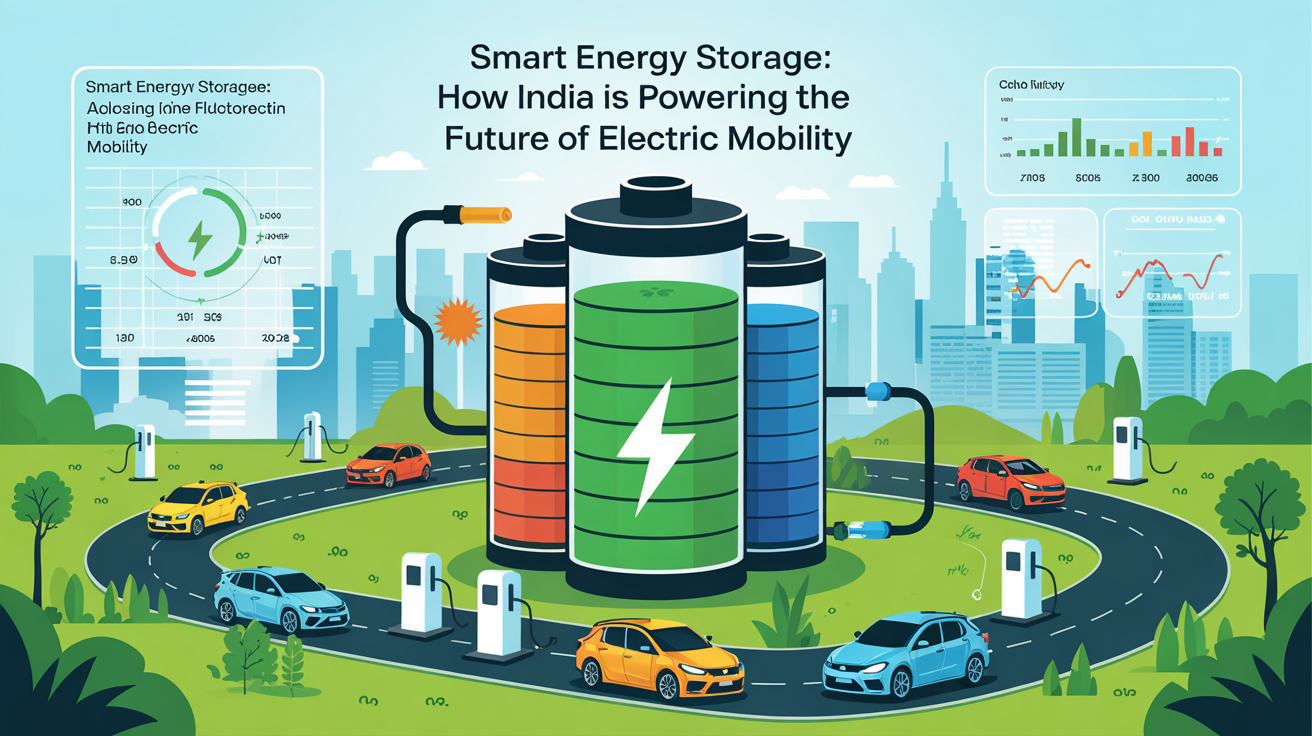Everything in this digital age is wireless, and by that we mean communications, the internet, and wireless electricity. But picture a city without wires for power to appliances and charging electric vehicles or even running home appliances. Sounds perfectly like a sci-fi movie. This is the future of wireless electricity, and smart cities will soon make this into reality.
What Is Wireless Electricity?
Wireless electricity means powering devices without physical wires by transferring electrical energy through electromagnetic fields. Power stations send energy directly to receivers—such as appliances or devices—without the need for cables. This technology, long under development, has recently advanced significantly, making real-world applications more practical than ever.
The most common methods to use wireless power are based on
- Inductive coupling (as in wireless phone chargers)
- Resonant inductive coupling
- Radio frequency (RF) transmission
- Laser-based power beaming
Every one of these has its advantages and is best suited for different use cases ranging from small handheld electronics to large infrastructures for the city.
Also read: Discover the Leading Industrial Hub of Jharkhand.
Why do these smart cities need wireless power?
Smart cities utilize smart technologies to improve citizen experiences in cities as smart cities depend on sensors, data, and automation to address issues of traffic, waste, energy, and water. Millions of devices and systems are being interlinked; hence, the efficiency, reliability, and flexibility requirement to empower such devices grows increasingly high.
Benefits of wireless electricity for smart cities:
1. Cleaner and Safer Environment
This makes it possible to recharge electric devices without wires and eliminates the possibility of wire accidents associated with charging, causing a lot more clutter and going towards clean-looking, organized cities.
2. Flexibility in Infrastructure
Smart cities are new cities that are being built all the time; buildings, roads, and public spaces are frequently developing. A wireless power system allows easy adaptation and upgrading while creating the least disruption in doing so. This is the fastest determining factor for the development and lower maintenance costs.
3. Powering Areas Away from the Central Cities
Power sector incursions are some of the obstacles to smart cities. In different cities, some very impossible places can be installed with power lines, such as underground tunnels, crowded streets, and historic buildings. Wireless electricity is probably the best way for these areas because it does not even destroy that infrastructure to deliver power to them.
4. Regarding Kept Electric Mobility on the Move
Electric mobility will be a major part of future smart cities. With a wireless charging solution, EVs would be charged from their parking spots or at least while on the move via specially designed highways. It would significantly lower the charge time and increase the convenience of owning an EV.
Read our Blog: Navigating the Wire and Cable Manufacturing Industry
How Do Power-Wireless Systems Function For City Application?
In a smart city, wireless electricity is envisioned to perform different jobs. A few examples include
- Public charging: People can use parks, bus stations, or cafes to charge their laptops, cell phones, or scooters.
- Smart streetlights: They can use wireless electricity to automatically dim or brighten based on traffic flow or weather conditions, enhancing energy efficiency and safety.
- Home and office devices: Appliances and devices can run without plugging in, making homes cleaner and energy-efficient.
- Dynamic EV charging uses wireless technology embedded in roadways to power electric vehicles while they are in motion, reducing the need for frequent stops and large batteries.
Company and City Examples Showing Wireless Power in Action
- Wireless power technologies are already being tested or implemented in several cities and companies:
- Oslo in Norway: The city is testing wireless charging pads for electric taxis, which park over the pads and charge while waiting for passengers.
- South Korea: Some roads carry embedded wireless charging systems to power buses while on the move.
- WiTricity and Energies: These companies are developing wireless power for home appliance, automotive, and medical device applications.
- Disney Research has created a room capable of wirelessly charging a device regardless of where it is in the room.
These projects demonstrate the fact that wireless electricity is no longer a theory but is actively being tested and used in varying regions across the world.
Read similar Blogs: Startup Policy in Jharkhand: Boosting Manufacturing Businesses.
Challenges of Wireless Electricity
The possibilities for wireless electricity do present several challenges:
1. Energy Loss
Transmitting electric wires wirelessly may incur more energy loss than when used with wires. Engineers are developing ways to make this more efficient with further development so that it can match conventional means.
2. Costs
Installing wireless power systems can add some cost. The technology, infrastructure, and research need serious investment. However, with the technology coming into wide use, prices are expected to go down.
3. Safety and Health Concerns
People have raised concerns about how safe it is to live near wireless power systems. So far, studies have shown that there is safety when these systems are well-designed, but longer-term studies are necessary.
4. Compatibility
Not all devices can work using wireless electricity. The production of devices compatible with wireless power networks by companies shall enable cities to implement it fully.
Forecast for the Future: What to Expect?
Analysts agree that as technology evolves, wireless power systems will also become more efficient, cheaper, and widespread:
- Wireless Homes: Devices, lights, and appliances operate without a single wire.
- Smart Roads: Roads charge cars, power traffic systems, and provide real-time connections to smart city data.
- Integration of Green Energy: Solar or wind energy generated anywhere can be collected and transmitted wirelessly to homes and buildings.
- Wireless Power Grids: Whenever there are emergencies that require ancillary power, wireless solutions would come to the aid.
Governments, private enterprises, and academics are doing their best to make these visions and concepts come to life. With smart city initiatives on the rise and the demand for cleaner energy, wireless electricity will be an important part of urbanity in the future.
Closing thoughts
Wireless energy is more than an innovative way to switch on any device; it is about the cities of the coming generation. It means less polluted areas, flexible infrastructure, and easier convenience of lives. Some challenges remain, but the positive aspects far outweigh the negatives.










